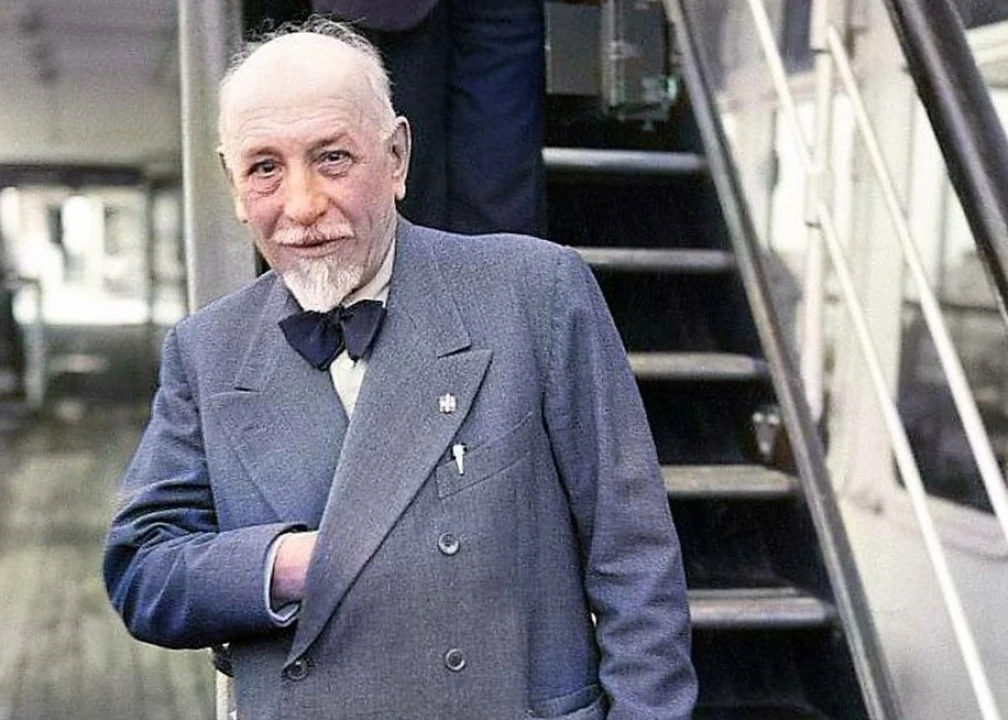One, None and a Hundred Thousand is another masterpiece from Luigi Pirandello, published in 1926. It has been considered as the most original of his books which explores the deepest layers of personality when the main character finds out that the people close to him see him differently than how he sees himself.
As a matter of fact, the novel unveils the hard reality that “a human being is not what he thinks he is, but instead is one, no one and a hundred thousand, according to his appearance to this person or that, which is always different from the image of himself in his own mind”.
One, None and a Hundred Thousand is the last book written by Pirandello and it brings to an end his consideration of the disintegration of the individual started with The Late Mattia Pascal in 1904. Through the tragic journey of the protagonist – Vitangelo Moscarda – who discovers to be a stranger to himself and made of what other people think of him in their own way, the author delves into the complexity and absurdity of the modern man and his belief that human beings can’t evolve and become conscious of themselves by showing who they really are and overcoming all contradictions.
"Reading or re-reading Pirandello undoubtedly does not offer any direct solution to our questions. It is indeed probable that it multiplies their number. But this is also why the classics are such: by displacing and articulating our thoughts and feelings, they help us to open the possible and to allegorically imagine which paths towards reality they could take without exhausting themselves in it."
Vitangelo Moscarda, also known as Gengè, is a wealthy man whose wife one day tells him that he has a small incline of the nose, a small flaws he has never noticed. This little, insignificant detail will lead him into an existential crisis from which he will never get out. In fact, from that moment, he realizes that his conviction of knowing who he was, the knowledge that he had of himself, and his persona is no longer true. Other people see in him flaws and characteristics that he wasn’t aware of; every single person he meets sees him in a different way. His being is broken into endless masks through which he doesn’t recognize himself. That is no longer him, that is what other people make of him.
As a first reaction, he tries to dismantle all the fake masks other people had built on him by making others believe that he is going to act in a specific way but then surprisingly he does the very opposite thing. His attempts fail and have the sole result of making people believe that he is crazy. His actions continue to generate the opposite effect. In the end, he finds himself living in a home for poor people, all alone. It is in this miserable and solitary life that he can finally free himself from the necessity of being someone, but he can be none; he can refuse his identity, repudiate his name and just let life go by, living each single moment as it goes without having to fit in any specific mask.
In this story, Vitangelo Moscarda discovers that an individual is not one single identity, but he is a hundred thousand. He is all the things that others consider him to be. And it is precisely by finding this out that he becomes none, at least for himself.
“The intolerable dismay he feels at the experience of his shattered and changing self will lead him to isolation and madness but also to the discovery of the infinite freedom of the nameless and unremembered who die and are reborn at every moment.”




